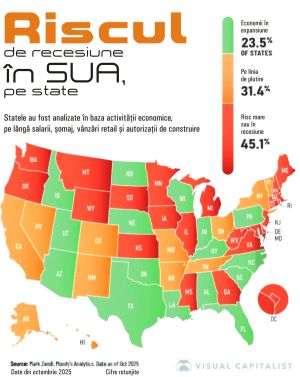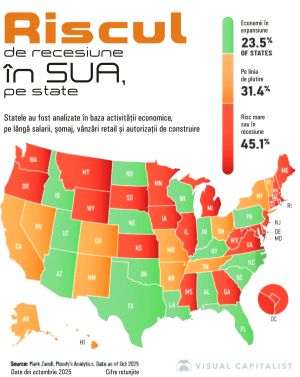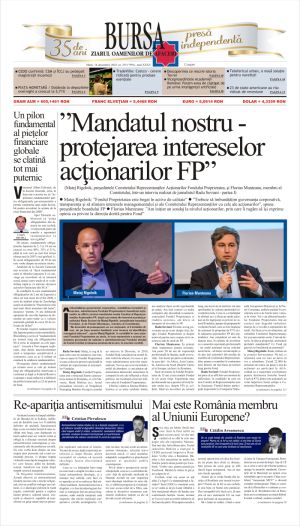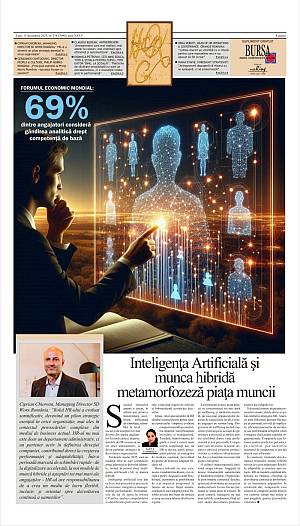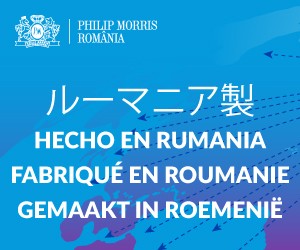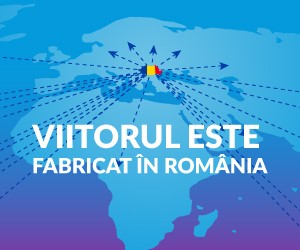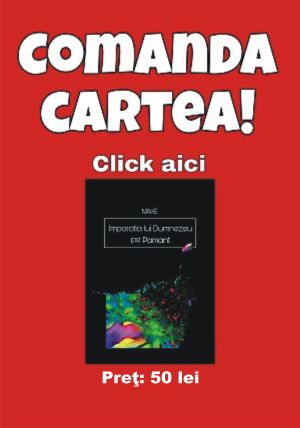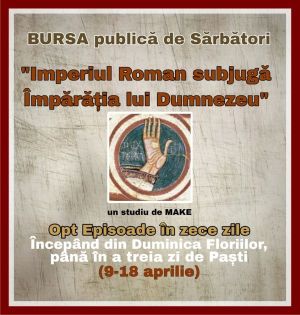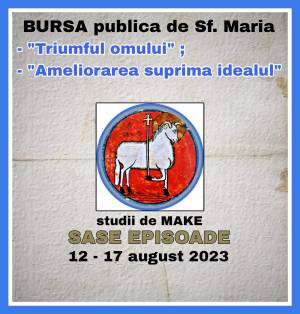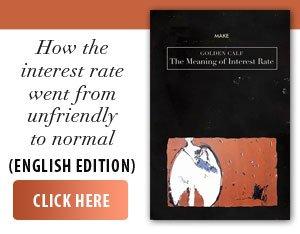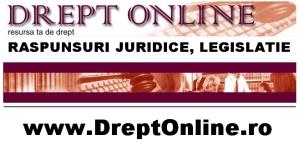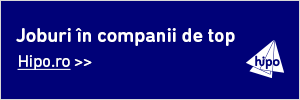The Ministry of Culture is launching a project of over 24 million euros to bring heritage into the digital age. The ePatrimoniu platform will centralize data on monuments, heritage objects and traditions, providing easy access for citizens, specialists and institutions, informs MC.
• National initiative
The Ministry of Culture, through the Project Management Unit, recently announced the signing of the financing contract for the ePatrimoniu project, a major initiative aimed at fundamentally transforming the way cultural heritage is managed in Romania. The project has an eligible value of 122,807,086.18 lei (approximately 24.6 million euros) and is co-financed by the European Union through the Smart Growth, Digitalisation and Financial Instruments Programme 2021-2027. The implementation will take place over a period of 36 months, in partnership with the Special Telecommunications Service.
• A digital platform for the entire cultural heritage
The central goal of the project is to create a national digital platform that will bring together information on the movable, immovable and intangible cultural heritage in Romania. The platform will offer a wide range of electronic public services, from opinions for interventions on historical monuments, to the authorization of archaeological research or the issuance of certificates for experts. "Cultural heritage must be protected and enhanced with modern tools, adapted to the needs of the present. ePatrimoniu is a major step towards the digitalization of public services in culture," said Natalia-Elena Intotero, Minister of Culture.
Among the key functionalities of the platform are: Updated location of historical monuments; legal regime of properties; data on the architecture and history of buildings; state of conservation and existing risks; photographic documentation and digital scans. By integrating existing databases and interconnecting with national and European systems, ePatrimoniu promises a complete transformation of access to information for all interested parties - from specialists and institutions to curious citizens.
• Direct benefits for all stakeholders
The digitization of heritage will bring significant advantages: reduced bureaucracy and time required to obtain approvals; simplified and transparent access to information; more efficient collaboration between the public and private sectors; increased quality and accuracy of specialized analyses; broad public access to valuable digital content: images, plans, documents; cutting-edge technology for heritage. To create the platform, the project will use the latest technologies: cloud computing and Big Data for large-scale data storage and analysis, Artificial Intelligence (AI) for content organization and processing, Augmented Reality (AR), virtual (VR) and mixed (XR) for interactive explorations, 3D digitization of historical objects and monuments.
This technological approach will make heritage more accessible and attractive, including for the younger generations and the educational environment.
At the end of the three years of implementation, Romania will have a single, open and integrated digital system, which will centralize and standardize information about the national heritage. It is estimated that over 65,000 users - civil servants, researchers, experts, NGOs and ordinary citizens - will use the ePatrimoniu digital platform and services. This approach marks a paradigm shift in the state's relationship with cultural heritage and with the citizen: from files with rails, to interconnected databases, accessible to anyone, from anywhere.







